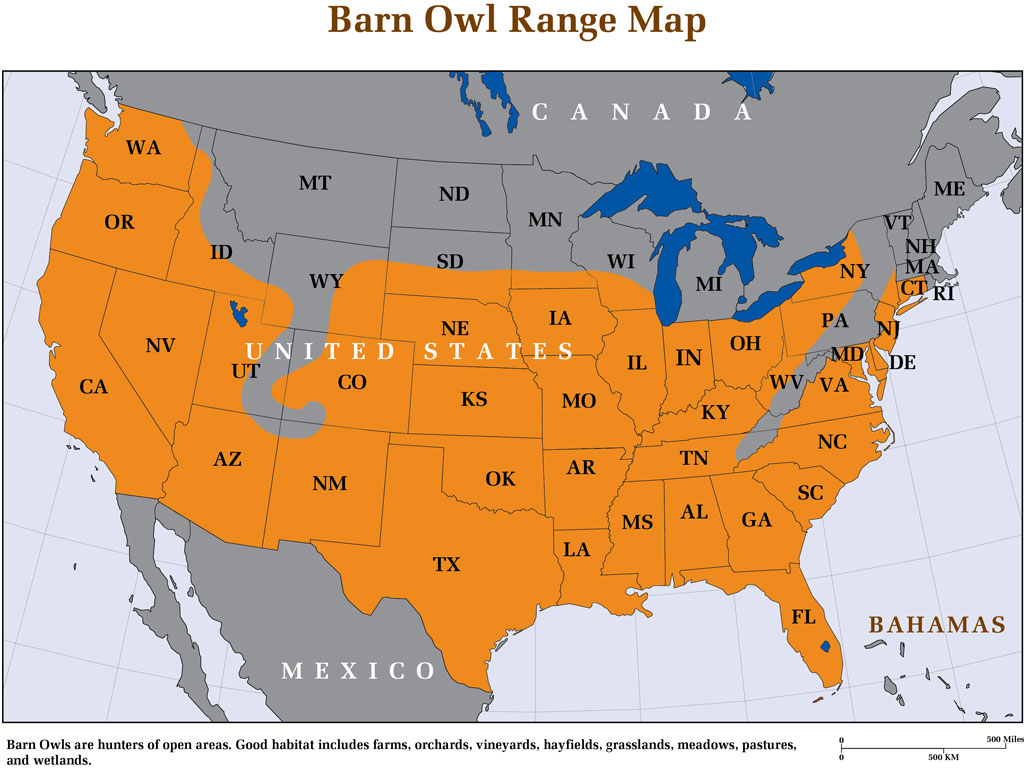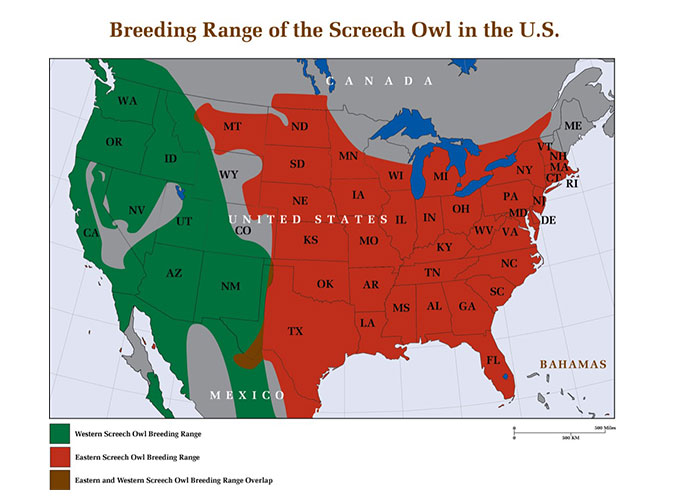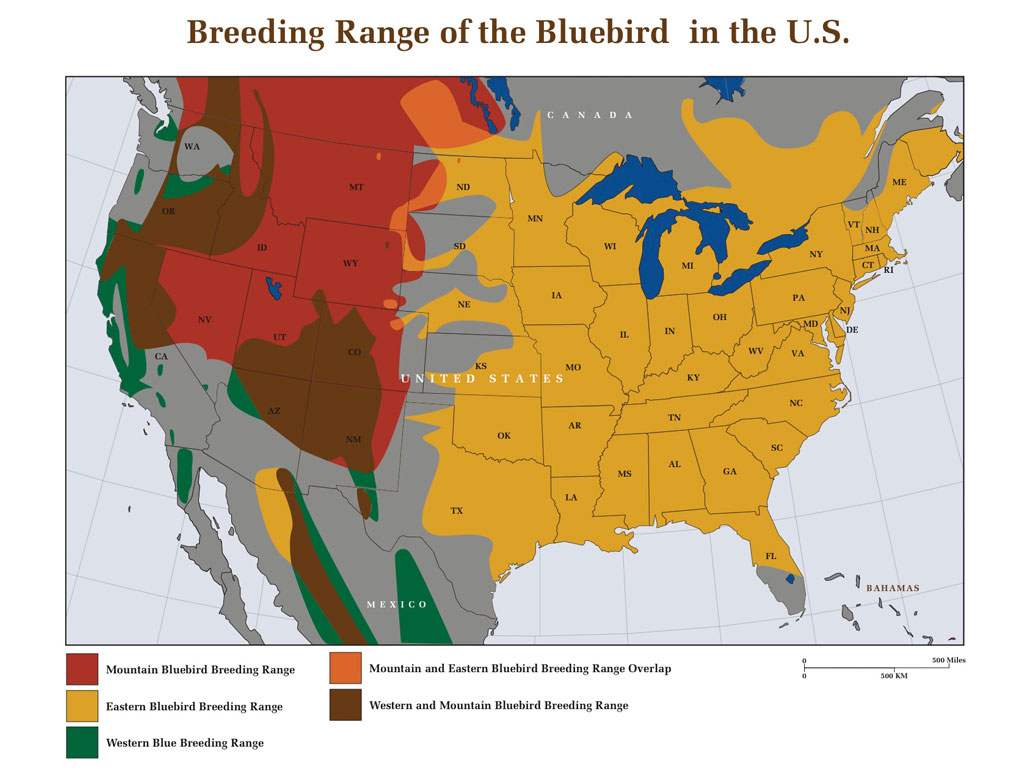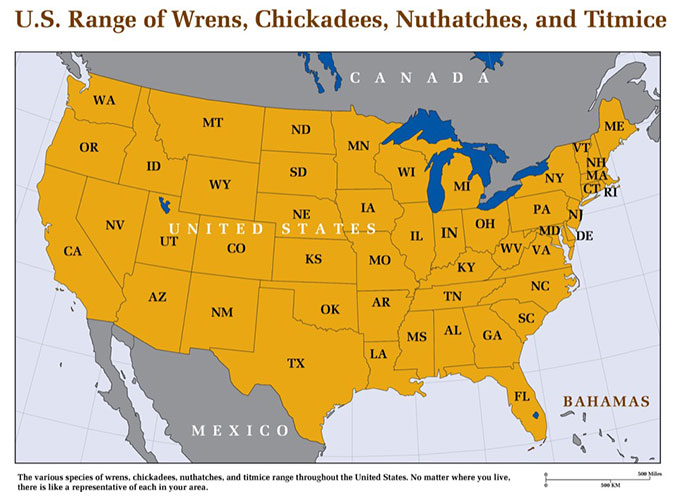Free Shipping to the Contiguous United States
Installing Barn Owl Nest Boxes: Best Methods
How to Install Barn Owl Boxes for Success in Controlling Rodents
The History of Using Barn Owls for Natural Rodent Control
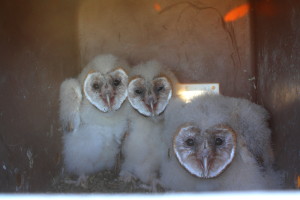 Barn owls have now been used for decades by U.S. vintners, orchardists, and property owners as a means of natural rodent control. California has led this effort, with thousands of nest boxes erected on farm land. If you travel anywhere in the state, you will see large barn owl boxes on tall poles situated here and there in the landscape. Other states are beginning to use barn owl nest boxes in increasing numbers. But barn owls were first used in extensive nest box programs in Israel, Malaysia, and South East Asia. These large owls are uniquely suited for rodent control programs due to their voracious appetites, high production of chicks, and attraction to nest boxes. Their willingness to live in close proximity to other barn owls allows for the attraction of dense populations. So the potential for creating barn owl nest box programs that can significantly reduce rodent populations is good whether you own a thousand acres of vines or a small property.
Barn owls have now been used for decades by U.S. vintners, orchardists, and property owners as a means of natural rodent control. California has led this effort, with thousands of nest boxes erected on farm land. If you travel anywhere in the state, you will see large barn owl boxes on tall poles situated here and there in the landscape. Other states are beginning to use barn owl nest boxes in increasing numbers. But barn owls were first used in extensive nest box programs in Israel, Malaysia, and South East Asia. These large owls are uniquely suited for rodent control programs due to their voracious appetites, high production of chicks, and attraction to nest boxes. Their willingness to live in close proximity to other barn owls allows for the attraction of dense populations. So the potential for creating barn owl nest box programs that can significantly reduce rodent populations is good whether you own a thousand acres of vines or a small property.
However, as with any rodent control approach, it is important to utilize methods that are effective. Important questions that are most often asked are (1) How many owl houses should be installed for a given acreage? (2) Where should the nest boxes be placed? (3) How high off the ground should the nest boxes be installed? (4) Do barn owls prefer a certain direction for their entrance holes to face? (5) Should substrate be added to the floor of the nest box? (6) Which species of rodents are barn owls effective against? (6) How often should I clean a barn owl box?
The Barn Owl Box Company Research Project
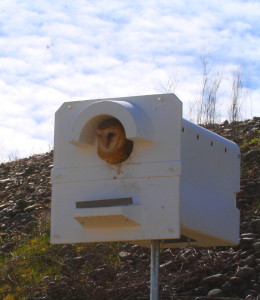 In order to help answer these questions and provide farmers and property owners with practical information for establishing barn owl populations, the Barn Owl/Rodent Project was begun in early 2011 on a 100 acre vineyard located near Elk Grove, CA. Eventually 25 nest boxes were erected along the perimeter of the vineyard, facing in four directions, NE, SE, NW, and SW. In 2011, eleven nest boxes became occupied by breeding pairs. These 22 adults fledged 44 young that year. In 2012, eighteen boxes housed breeding pairs and these 36 adults fledged 66 young, for a total of 102 owls hunting the vineyard. This was by far the largest population of barn owls ever attracted to such a confined area, illustrating just how colonial barn owls are and just how many of them can be attracted to a small area in a short period of time.
In order to help answer these questions and provide farmers and property owners with practical information for establishing barn owl populations, the Barn Owl/Rodent Project was begun in early 2011 on a 100 acre vineyard located near Elk Grove, CA. Eventually 25 nest boxes were erected along the perimeter of the vineyard, facing in four directions, NE, SE, NW, and SW. In 2011, eleven nest boxes became occupied by breeding pairs. These 22 adults fledged 44 young that year. In 2012, eighteen boxes housed breeding pairs and these 36 adults fledged 66 young, for a total of 102 owls hunting the vineyard. This was by far the largest population of barn owls ever attracted to such a confined area, illustrating just how colonial barn owls are and just how many of them can be attracted to a small area in a short period of time.
Our research team not only monitored nest box occupation of adults and chicks, but also conducted a monthly census of pocket gopher activity (the most prevalent rodent in the study area). These two ongoing surveys gave us two lines of data that we could compare to determine if barn owl numbers had a correlation to rodent activity. We also collected and analyzed the contents of the regurgitated pellets found at the occupied nest boxes. This showed us which rodents were being taken, and how much each species contributed to the barn owl diet. And in 2013, we installed cameras in two occupied nest boxes to tabulate how many prey items were being brought in over the course of the breeding season. This information has allowed us to determine how many rodents are taken annually by a given number of barn owls in a setting similar to that of our study area.
Frequently Asked Questions about Barn Owl Boxes
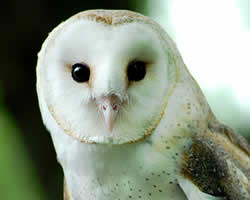 (1) How many nest boxes should be installed for a given acreage? Of all the questions, this must be the most important to the farmer or property owner. Too often we have seen fifty and one hundred acre plots with one or two nest boxes installed. The problem is the high reproductive rate of rodents. The barn owl population must get ahead and stay ahead of that reproductive rate. Keep in mind that on irrigated land, rodent pests and reproduce at a rate 500% greater than on non-irrigated land. Our study showed that you could establish a pair of barn owls, at least for one season, for every five and a half acres. Our feeling is that this may have been, forgive the pun, overkill. Our best educated projection is that, on irrigated farmland, one box for every ten acres may be an excellent starting point. Another, more conservative approach, would be to establish one box for every twenty acres, then wait and see what the barn owls tell you. If you get nearly 100% occupancy, consider adding boxes. In the end, a barn owl population will act much like any population of predators in the wild: eventually the prey is thinned out, and the predator numbers go down. Then, in subsequent years, as the prey population re-establishes itself, predators (especially ones that fly) return. The difference now is that the farmland is being kept far more in balance than it was prior to the establishment of barn owls.
(1) How many nest boxes should be installed for a given acreage? Of all the questions, this must be the most important to the farmer or property owner. Too often we have seen fifty and one hundred acre plots with one or two nest boxes installed. The problem is the high reproductive rate of rodents. The barn owl population must get ahead and stay ahead of that reproductive rate. Keep in mind that on irrigated land, rodent pests and reproduce at a rate 500% greater than on non-irrigated land. Our study showed that you could establish a pair of barn owls, at least for one season, for every five and a half acres. Our feeling is that this may have been, forgive the pun, overkill. Our best educated projection is that, on irrigated farmland, one box for every ten acres may be an excellent starting point. Another, more conservative approach, would be to establish one box for every twenty acres, then wait and see what the barn owls tell you. If you get nearly 100% occupancy, consider adding boxes. In the end, a barn owl population will act much like any population of predators in the wild: eventually the prey is thinned out, and the predator numbers go down. Then, in subsequent years, as the prey population re-establishes itself, predators (especially ones that fly) return. The difference now is that the farmland is being kept far more in balance than it was prior to the establishment of barn owls.
(2) Where should the nest boxes be placed? Since barn owls fan out over the surrounding land to hunt the most productive areas, the answer is that nest boxes can be placed in the most convenient locations for the farmer, out of the way of machinery and other operations. Boxes can be placed as little as fifty feet apart since barn owls are not territorial. It would be good practice, where possible, to locate them away from power lines and highly traveled roads.
(3) How high off the ground should the nest boxes be installed? Information persists on the internet and by word-of-mouth that barn owl nest boxes need be placed at ten or twelve feet or even “as high as possible.” The fact is that barn owls will nest on the ground, in the ground, and have been observed breeding in nest boxes five feet off the ground. Our study showed that eight feet up is an excellent height. Higher installations are not only unnecessary, but they add extra expense to a nest box program, and make maintenance of nest boxes more difficult.
(4) Do barn owls prefer a certain direction for their entrance holes to face? Experience has shown that barn owls will nest in any direction. However, our study has shown a preference for easterly facing directions (NE, SE, or E). This is a thermoregulatory choice: easterly facing directions warm up with the rising sun after cool nights; likewise, they are cooler in the heat of the afternoon. Southwest was the least preferred direction.
(5) Should substrate be added to the floor of the nest boxes? Word-of-mouth sometimes indicates that substrate is not needed—that the barn owls use their own pellets for substrate. But this is ill advised: barn owls do not produce pellets fast enough to cover the bottom of the nest box, and the eggs roll around on smooth floors and are easily broken. Always add three or four inches of bark mulch to the entire floor. We have seen barn owls shun boxes without substrate. Get the large pieced bark mulch instead of the finely ground material.
(6) Which species of rodent are barn owls effective against? Barn owls are highly adaptive, eating the most prevalent rodents in their area. In sugar cane they eat the very common cotton rat. In rice, they eat marsh rice rats. In areas of California where the vole is most common, that becomes their most common prey, and likewise for areas inhabited by pocket gophers. In our study, the barn owls consumed approximately 80% pocket gophers, and 20% voles, with occasional rats.
(7) How often should a barn owl box be cleaned, and what time of year? Barn owls neither bring nesting material to the nest box, nor do they clean their own nests. After breeding season, between October and December, is the best time. But check for occupancy first! Barn owls are known to breed in the off season as well. Simply removed the old mulch and replace it with new. This should take only fifteen minutes or so per box.
Join those Using Barn Owls for Conservation and Rodent Control
Attracting barn owls in areas they already live is easy by putting up an owl house. Once established, barn owls remain faithful to their nesting sites. And the sight of a barn owl slowly traversing a field in search of rodents is a riveting experience.

